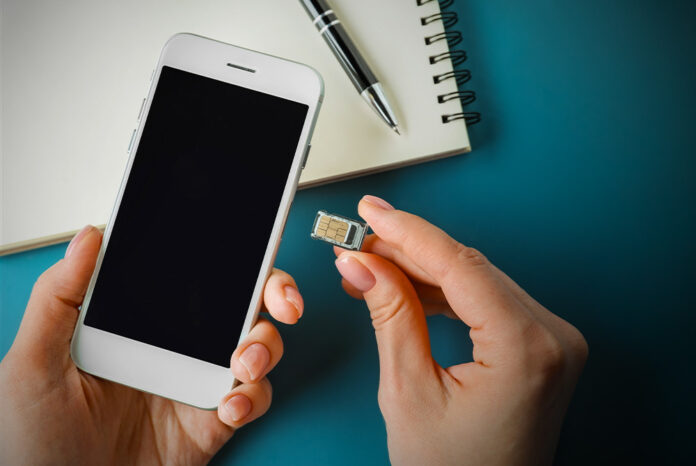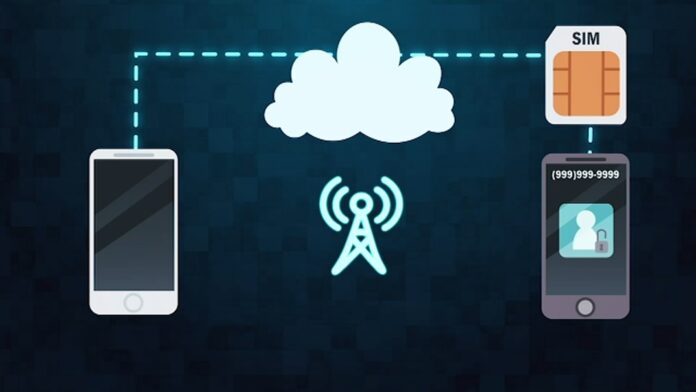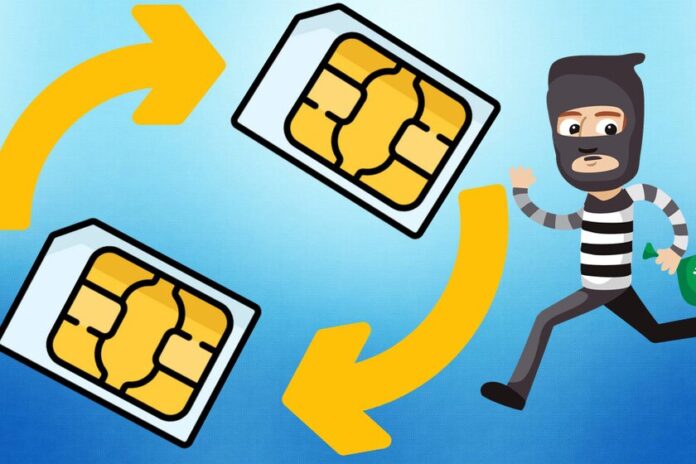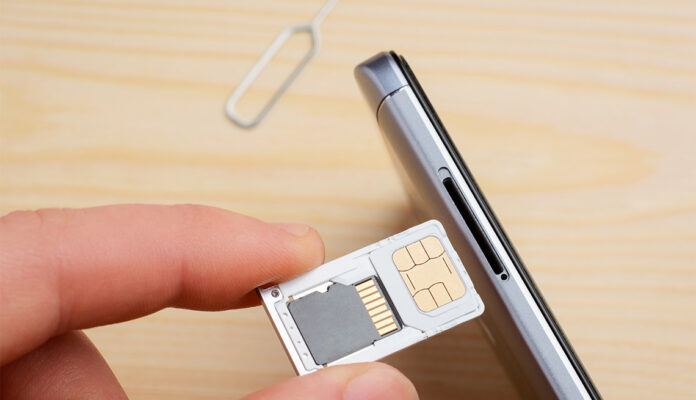In the digital world, your identity is now worth more than ever. Every day, innocent people are finding themselves victims of SIM swapping—but you don’t have to be one of them. With the right knowledge, you can protect yourself and recover your stolen identity.
Let’s explore how!
How SIM Swapping Works
SIM swapping is a cybercrime in which fraudsters gain access to digital services through stolen personal information. They do this by compromising the SIM card associated with the victim’s mobile phone number, allowing them to reset passwords and gain access to accounts.
The process of SIM Swapping begins when fraudsters gather personal information about an individual including their mobile phone number, date of birth, and address and sometimes this information is easily accessible with a few clicks on the internet.
The thieves then contact the victim’s mobile network provider and pretend to be their target using this collected data. If they are successful in authenticating their claim of being the owner of that account they manage to negotiate a new SIM card linked to the same mobile phone number as before.
The new SIM card is sent directly to them via mail permitting them access to any online accounts linked to that phone number in order to reset passwords using two-factor authentication codes sent via SMS/text message.
Once these steps are complete they can successfully impersonate the original person normally by subscribing to services like bank accounts, cryptocurrency wallets or merely gaining illegal access into sensitive systems protected with two-factor authentication like email or social media accounts amplifying other attacks further such as virtual identity theft, and extortion.
Potential Risks of SIM Swapping

The potential risks of SIM swapping typically involve loss of personal data such as private emails, bank account information, personal identification numbers (PINs), and access codes since the fraudster can intercept any incoming communication such as text messages and calls meant for their victim.
If your information gets stolen by a SIM swapper, you risk being exposed to financial losses due to identity theft as your devices can become an easy target for unauthorized logging in using your stolen personal data. Additionally, some devices require a confirmation from the owner prior to sending messages or making calls, so not having access to it may delay important communications from going through.
Tips to Protect Yourself
Being prepared and informed is the best way to protect yourself from SIM-swapping criminal activity. Here are some tips on how to safeguard your personal data:
– Use strong passwords for all online accounts and don’t use the same password for multiple accounts. Use two-factor authentication where available for an added layer of security.
– Don’t click on suspicious links or email attachments, even if they appear to come from a trusted source.
– Regularly check your bank account, credit cards, and other financial statements to ensure no suspicious charges have been made in your name since identity theft can happen without you even knowing it.
– Install anti-virus software on all of your internet-connected devices and frequently update your system with the latest security patches and virus definitions.
– Monitor social media accounts for signs of data or identity theft, such as posts made in your name without permission.
– Enroll in services that provide credit monitoring so that you can be alerted if there are any changes or suspicious activity in your profile or credit report.
How to Recognize a SIM Swapping Attack

It is important to be vigilant and familiarize yourself with the warning signs of a SIM Swapping attack, as many victims were unaware that their identities have been hijacked until it was too late. Here are some of the most common clues that indicate your information may have been compromised:
– You’re unexpectedly unable to use your phone
– Your phone settings or applications have been changed without your consent
– Your account passwords suddenly no longer work
– You may receive unsolicited email notifications or texts about account or password information for services you don’t use
– Unauthorized charges on credit cards or other financial accounts
– Unexpected changes in credit score (which may indicate new cards being opened in your name)
How to Recover Your Stolen Identity
If you’ve become the victim of a SIM swap scam, it’s important to take immediate action in order to protect yourself and recover your stolen identity.
To begin with, contact your cellular provider as soon as possible so that they can suspend your service. Next, start gathering any information you may have regarding the access or hacking of your personal accounts, such as emails that directed you to change your password or logins to suspicious websites.
From there, contact each company – including banks and credit card issuers – whose account has been compromised. Be sure to advise each company of what took place and if necessary, provide proof of identity. Your cellular provider may also have tools available in order to detect suspicious activity on their network. It’s important that all requirements for setting up a new account are met in order for it to be properly secured.
In addition, consider placing a fraud alert on your credit files and submitting an identity theft complaint with the Federal Trade Commission (FTC). A law enforcement agency may also need to be notified depending on the situation — conducting a police report is often required by banks when fraudulent activity occurs.
Finally, frequently monitor all accounts for additional unauthorized charges or activities and take the appropriate action if needed.

Conclusion
In conclusion, SIM swapping is a dangerous practice that can severely disrupt your daily life if you become a victim of it. It’s important to take all the necessary steps to protect yourself from falling victim to it such as enrolling in two-factor authentication, using strong passwords, and creating an active online security presence.
Furthermore, be aware of any suspicious activity on your accounts or phone you receive and contact your service provider immediately if you think your information has been compromised.
Lastly, if you do fall victim to a SIM swap scam, it’s important that you act quickly as this is time sensitive, and contact the proper authorities. Taking these steps can help ensure that your identity remains secure and that no one can get away with stealing it due to SIM swapping.




